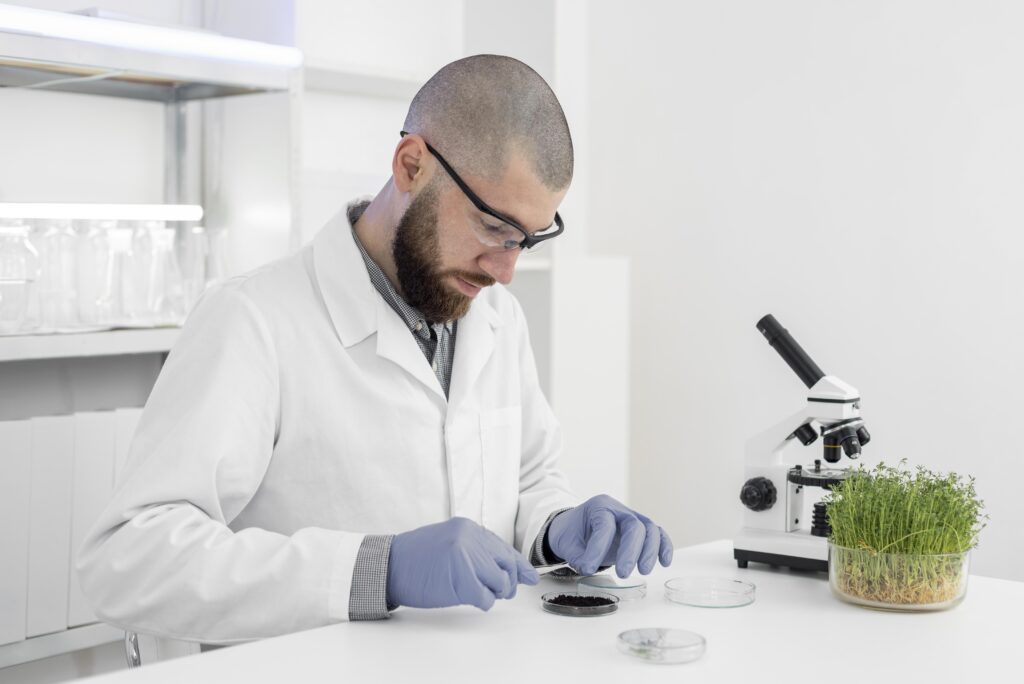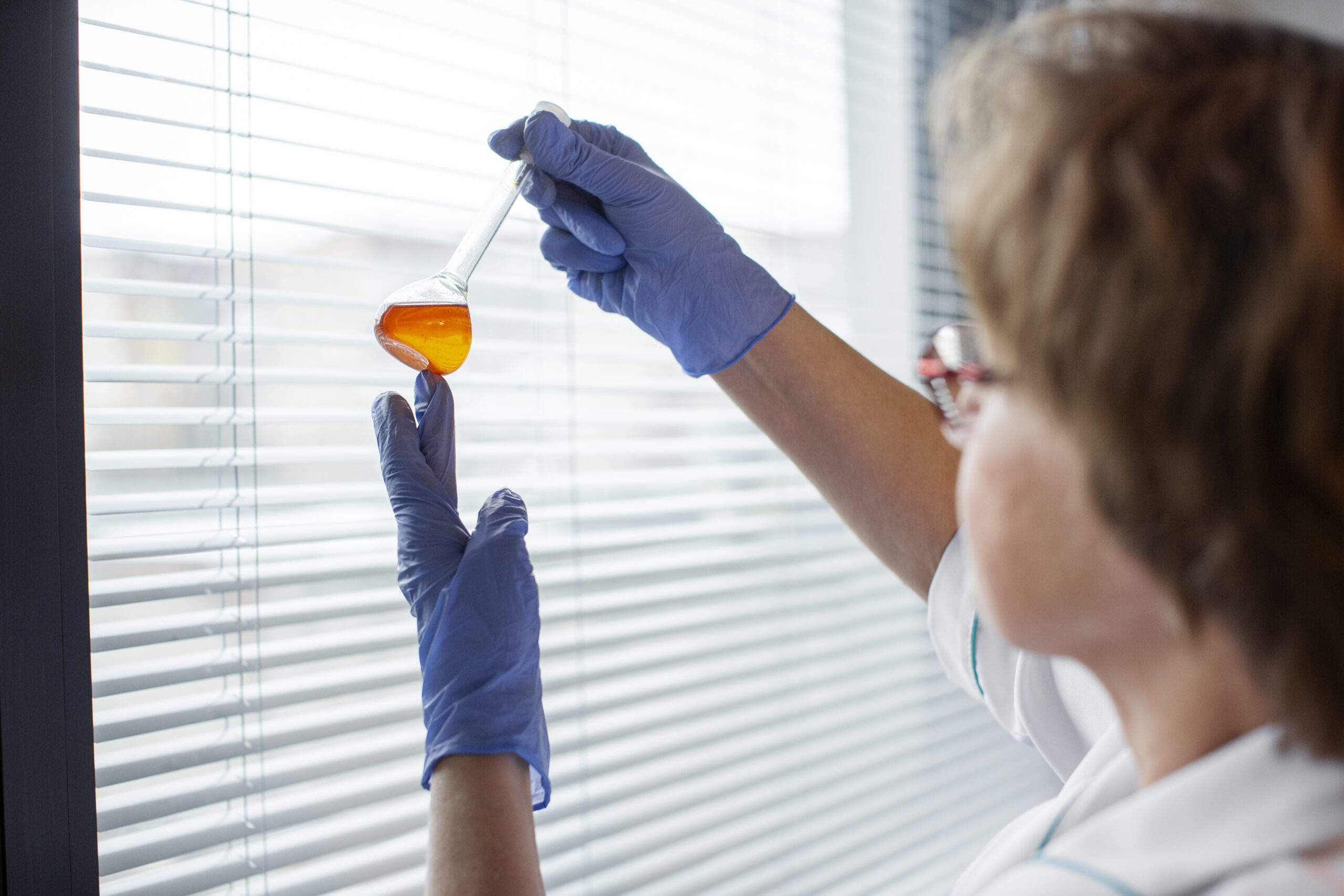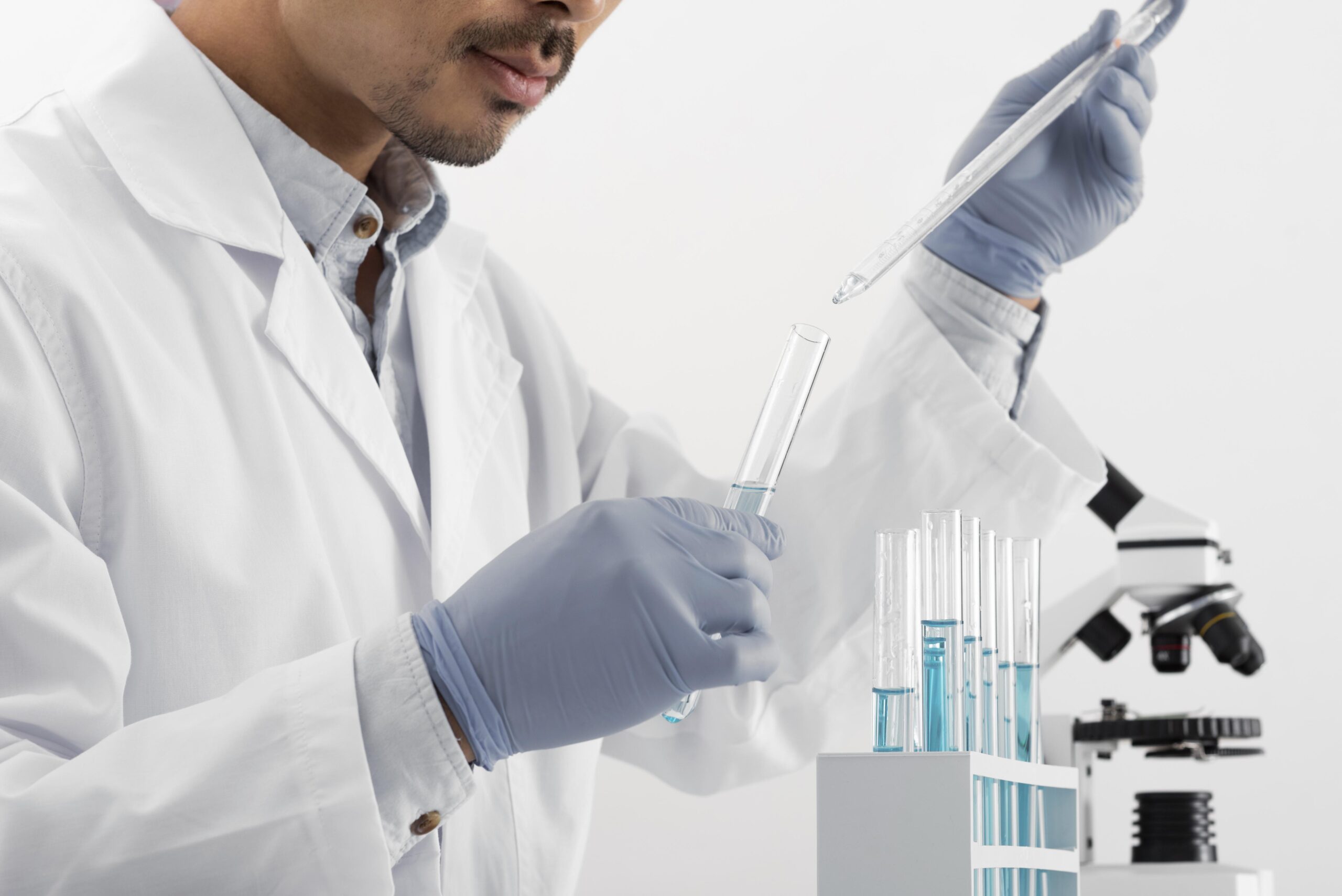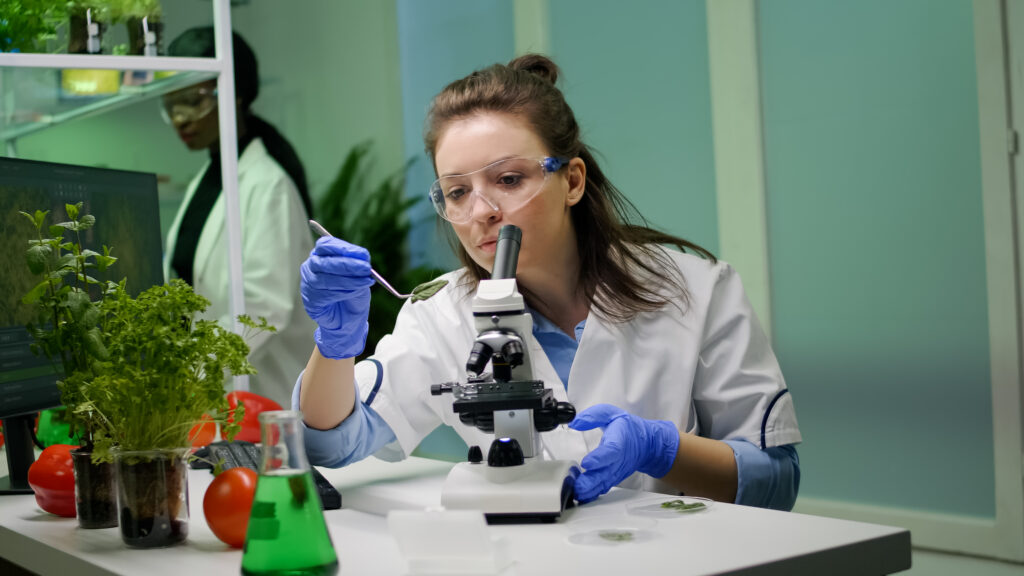Because the food industry is so large and intricate, it is imperative to ensure the safety and quality of food items in today's global food market. To maintain high food safety standards, items are sourced, produced, and distributed across multiple regions and countries, necessitating thorough testing. Testing foods chemically is one of the best ways to accomplish this. In this type of specialist testing, hazardous compounds like pesticides, heavy metals, and industrial chemicals are identified and measured in food products. food testing assists in preventing dangerous amounts from reaching consumers by identifying these contaminants, safeguarding the public's health, and upholding confidence in the food supply.
Chemical food testing is used to find more than just pollutants. It guarantees adherence to safety requirements specified by authorities that define acceptable thresholds for chemical residues in food. Testing enables producers to comply with these rules, avert legal problems, and guarantee the safety of their goods. Chemical food testing is also essential for quality control, confirming that food items meet regulations and don't include extraneous or illegal chemicals or additives.
What is Chemical Food Testing?
Chemical food testing involves analyzing food products to detect and measure chemical substances. This includes identifying contaminants, additives, and residual chemicals that might be present in food. Various techniques, such as chromatography and mass spectrometry, are used to analyze food samples and ensure they meet safety and quality standards.
Why Chemical Food Testing Matters
1. Ensuring Food Safety
Ensuring food is safe to eat is the main objective of chemical food testing. Industrial chemicals, heavy metals, and pesticides are a few examples of contaminants that can seriously endanger human health. For example, high concentrations of lead or mercury can cause serious health concerns, such as chronic diseases in adults and developmental problems in children.
2. Regulatory Compliance
Regulations about food safety are stringent and differ between nations. Guidelines for chemical residues in food are set forth by regulatory agencies like the European Food Safety Authority (EFSA) and the Food and Drug Administration (FDA) in the United States.
Chemical food testing lab verifies that food items meet these standards. To make sure their products adhere to the highest permissible limits for certain substances, manufacturers are required to test them. Recalls of products, penalties, and harm to a company's image can result from noncompliance.
3. Quality Assurance
Food testing aims to achieve both quality and safety goals. Food products need to satisfy several requirements from consumers, such as those related to flavor, texture, and nutritional value. Testing enables the assurance that food products meet these requirements and don't include any illegal additives or high concentrations of any particular chemical.
To preserve consumer confidence and pleasure, testing, for instance, can verify that products match label claims about ingredients and nutritional content.
4. Detecting Adulteration
Adulteration involves adding inferior or harmful substances to food products, often to enhance appearance or extend shelf life. This can undermine food safety and authenticity.
Chemical food testing is crucial for detecting such adulteration. Techniques like gas chromatography can identify adulterants that might not be obvious through sensory inspection alone. By uncovering these issues, testing helps prevent fraud and ensures that consumers receive genuine and safe products.

5. Supporting Global Trade
International safety standards must be met by food products due to the growing globalization of the food supply. International trading requires adherence to various restrictions about chemical residues in food, which vary throughout countries.
Chemical food testing facilitates international trade by guaranteeing that goods fulfill importing nations' safety standards. This is crucial for companies engaged in the global food trade since it lowers trade barriers and guarantees product acceptance in international marketplaces.
6. Advancing Food Safety Research
The development of chemical food testing research continues to increase food safety protocols. The precision and sensitivity of chemical analyses are being enhanced by the constant development of new methods and tools.
For instance, improvements in mass spectrometry have improved the capacity to identify traces of pollutants. To address new issues in food safety, research also focuses on identifying emerging contaminants and comprehending their possible health effects.
Key Techniques in Chemical Food Testing
1. Chromatography
Chromatography is a widely used technique in chemical food testing for separating and analyzing chemical compounds. Gas chromatography (GC) and liquid chromatography (LC) are commonly used to detect pesticides, additives, and other chemical residues in food.
2. Spectroscopy
Spectroscopy techniques, such as infrared (IR) spectroscopy and ultraviolet-visible (UV-Vis) spectroscopy, are employed to identify chemical compounds based on their interaction with light. These methods are valuable for analyzing complex food matrices and detecting contaminants.
3. Mass Spectrometry
Mass spectrometry (MS) is a powerful technique for identifying and quantifying chemical substances based on their mass-to-charge ratio. It is often used in conjunction with chromatography to provide detailed information about chemical residues and contaminants.
The Future of Chemical Food Testing
The techniques and equipment utilized in chemical food testing will advance along with technology. Soon, producers and regulators will be able to conduct on-site tests more easily and get faster findings thanks to innovations like portable testing machines and rapid screening methods. This development will strengthen the capacity to identify and control chemical pollutants, which will ultimately lead to safer food items and a more reliable food safety system.
Chemical food testing is also anticipated to undergo a revolution with the incorporation of artificial intelligence (AI) and machine learning in data analysis. Artificial intelligence (AI)-powered devices can expedite testing and detect any contamination hazards, producing even more accurate and efficient findings.
Conclusion
Chemical food testing is a crucial component of modern food safety practices. It helps detect harmful substances, ensures regulatory compliance, supports quality assurance, and prevents food adulteration. By advancing testing techniques and maintaining rigorous standards, we can protect consumer health and ensure the safety of the food supply.
Understanding the importance of chemical food testing highlights its role in safeguarding public health and maintaining the integrity of the food industry. As consumers, we can have greater confidence in the safety of our food, knowing that comprehensive testing is in place to protect us. The continued evolution of testing methods and technologies will further strengthen our ability to ensure food safety in an increasingly complex global market.



















